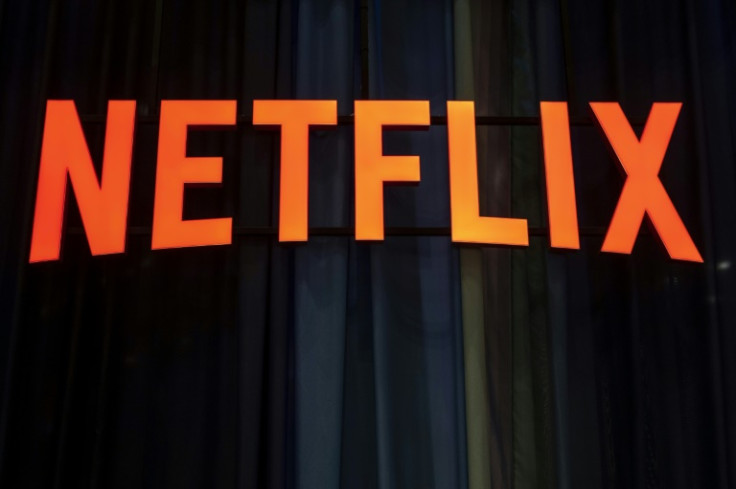Why Wall Street Cooled Off On Netflix's Earnings

Netflix had a great second quarter at a time when the rest of the industry was struggling.
The streaming giant added close to 6 million subscribers and a solid revenue of $8.19 billion, up from $7.97 billion a year ago. In addition, it hiked its free-cash-flow estimates.
Thanks to many revenue-enhancing initiatives like password crackdown and ad-supported subscription models.
"In its bid to bolster monetization and stay ahead in a fiercely competitive industry," Dan Goman, CEO of Ateliere, told International Business Times. "Netflix initiated several revenue-enhancing initiatives, including an ad-supported tier, a crackdown on password sharing and removed its basic ad-free tier. All these efforts have been well received by investors and have had a positive overall result on subscriber growth and earnings."
"Netflix's recent earnings report showcased a resilient performance, with earnings per share beating analyst estimates," said James Allen, CPA and CFP.
Yet Wall Street doesn't seem to be impressed with the company's performance this time, sending its shares more than 8% lower in after-hours trade.
Perhaps it's just profit-taking, as Netflix's stock had a big run-up ahead of the earnings report or an overreaction to the company's lackluster guidance.
But a couple more factors could be of concern to momentum investors, like competition from Disney and the like, which makes it difficult for the company to hike subscription rates.
Then there's the Hollywood strike, which could disrupt show production and raise costs across the industry.
And there's the drying up of the pull of the potential subscribers, which makes it hard for the streaming giant to find profitable opportunities to deploy capital, as evidenced by a prolonged decline in Investor Economic Profit (IEP) before the COVID-19 crisis.
IEP is the difference between the return on invested capital (ROIC) and the weighted average cost of capital (WACC) or the number of investment dollars it takes to produce the return on invested capital. It also indicates whether the firm creates or destroys value as it grows.
Netflix's economic profit dropped from 33% in 2010 to 11% in 2013 and 0% in 2022, meaning the company destroyed rather than created value as it grew over that period.
Still, Goman is optimistic about the future of Netflix. "While Netflix stock dipped slightly in extended trading due to lighter-than-expected revenue and sales projections, it's important to recognize that its revenue growth and profit margins are industry-leading," he said. "Netflix is well positioned to navigate what is expected to be a turbulent couple of months for the industry."
He sees the company as having some significant advantages over the competition, including that it is exclusively a digital streaming company. "This means that it doesn't have to deal with the challenges faced by other competitors operating both digital and legacy businesses," he added. "Netflix has built a significant library of content, exclusive to the platform, and their entire technology infrastructure is in the cloud, allowing them to be nimbler than its competitors."
Allen is less optimistic, seeing many challenges ahead for the streaming giant. "The international market presents growth opportunities, but currency headwinds and the performance of the lower-priced tier with advertising will be key factors to watch," he said.
He thinks that Netflix has a long way to go before winning the game.
"In the face of competition, Netflix is like a seasoned chess player, making strategic moves to keep the opponent in check," he explained. "But as in chess, the game is far from over. The company's ability to innovate and adapt will determine its success in the long run."
© Copyright IBTimes 2024. All rights reserved.






















